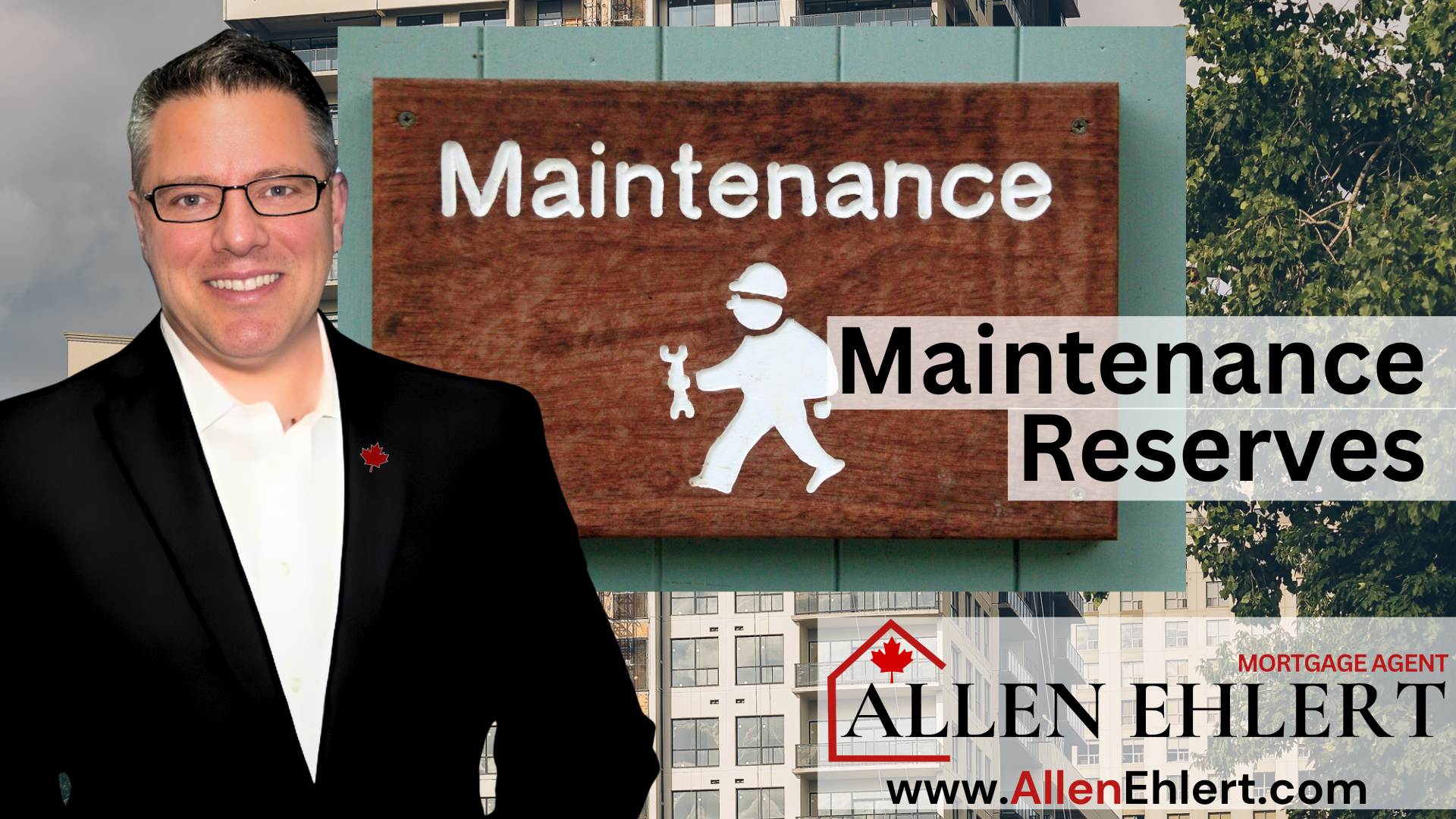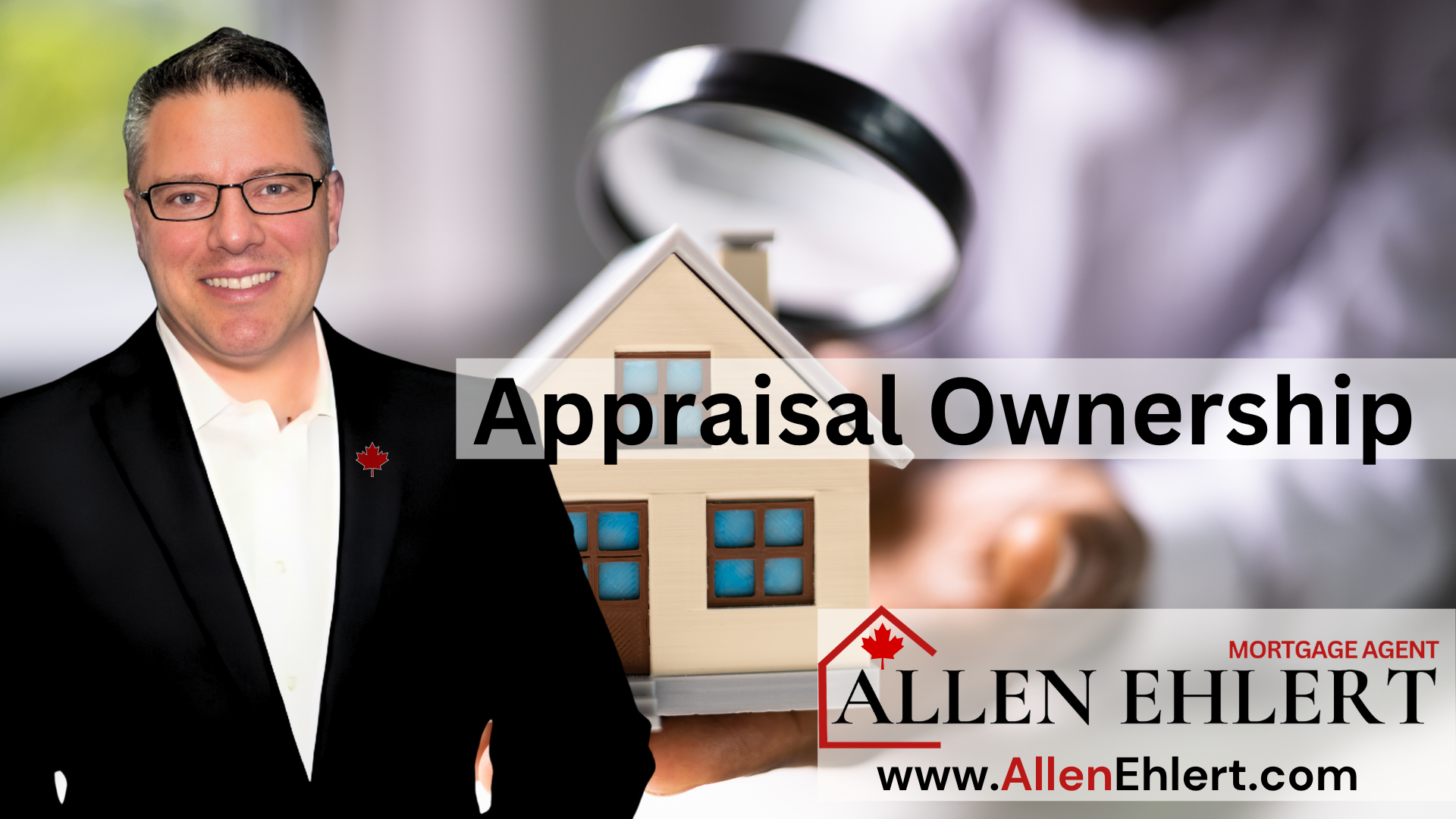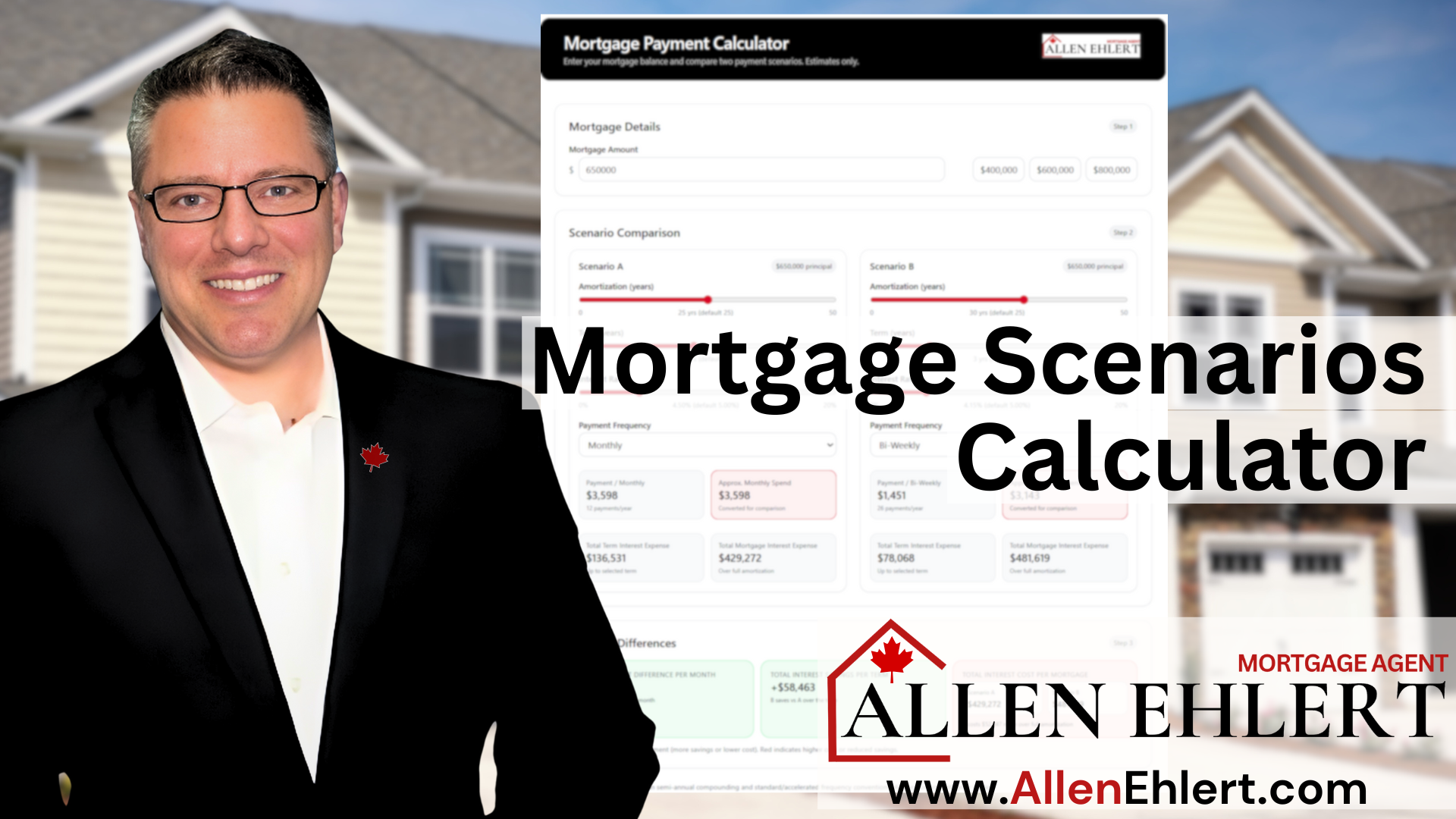… Here’s What You Need to Know Before You Celebrate Too Early
If you’ve ever sat down with a client—or maybe you’re the one house hunting—and thought, “Phew, I’ve got my rate locked in, I’m good to go!”… I hate to break it to you, but it’s not quite that simple. There’s a lot of misunderstanding in the market around what a rate hold actually is, and more importantly, what it isn’t.
Spoiler alert: a rate hold isn’t a mortgage approval. It’s more like a reservation at your favourite restaurant—you’re penciled in, but if you show up late or don’t meet the dress code (aka the lender’s qualifying rules), they’re not going to seat you.
If you’re a realtor guiding clients through this process, or a homebuyer banking on that rate hold to keep your budget in check, you’ll want to understand how this works.
Here’s what we’re going to unpack today:
Topics I’ll Cover:
Why a Pre-Approval Is Just a Fancy Way of Saying “Rate Hold”
Can a Lender Actually Pull a Rate Hold? (Yes, and Here’s Why)
How Realtors Can Help Keep Deals on Track
How Clients Can Protect Themselves from Rate Hold Heartache
A Story: When the Clock Ran Out and the Rate Got Pulled
What Is a Rate Hold, Really?
Think of a rate hold like a temporary promise. It’s the lender saying, “We’ll honour this rate for you for the next 90 to 120 days, no matter what happens to the market.” It gives you breathing room while you shop, and it shields you from sudden interest rate hikes.
But here’s the catch—it doesn’t mean you’re approved for that mortgage. A rate hold is just securing the price tag, not the purchase. You still have to qualify properly when you’re ready to buy: income, credit, debt ratios, down payment—none of that gets rubber-stamped just because you’ve locked in a rate.
Why a Pre-Approval Is Just a Fancy Way of Saying “Rate Hold”
A lot of people think pre-approval equals approval. Nope. In most cases, it’s just a rate hold with a soft peek at your financials. It’s not underwritten, it’s not reviewed in detail, and it’s not a commitment. It’s simply the lender putting a pin in today’s rate while you continue shopping.
Pre-approvals are useful, don’t get me wrong—but they’re not the same as a firm mortgage commitment tied to a live deal. That’s a big distinction your clients need to understand.
Can a Lender Actually Pull a Rate Hold? (Yes, and Here’s Why)
Absolutely, lenders can pull a rate hold. Here’s when and why it happens:
The Clock Runs Out:
Most holds are good for 90 to 120 days. If you don’t buy within that window, the rate hold expires. Simple as that.
Your Situation Changes:
Lose your job? Take on new debt? Suddenly your numbers don’t qualify for the mortgage you thought you’d get? That rate hold is toast. Lenders aren’t obligated to honour it if you no longer fit their guidelines.
Market Conditions Shift:
Some lenders build in clauses saying they can pull a rate hold if market conditions change dramatically—like a spike in bond yields or funding challenges. It’s rare, but it happens.
Incomplete Applications:
If your paperwork isn’t solid or you haven’t provided the necessary documents when requested, lenders can pull back the offer.
A rate hold isn’t bulletproof. It’s more like a strong suggestion subject to conditions.
How Realtors Can Help Keep Deals on Track
If you’re a realtor, here’s how you can use this knowledge:
- Make sure your clients understand the difference between a pre-approval and a real approval.
- Encourage them to get all their paperwork in order early.
- Remind them that timelines matter—rate holds don’t last forever.
- Don’t let them assume “I’m approved” just because they got a rate hold confirmation email.
When you manage expectations, you protect your deals and your reputation.
How Clients Can Protect Themselves from Rate Hold Heartache
If you’re a homebuyer, here’s how to avoid surprises:
- Work with your mortgage agent to ensure you understand your actual approval status.
- Keep your finances stable—no big moves, no new loans, no sudden job changes.
- Close your deal within your rate hold window to avoid re-qualification at higher rates.
- Provide your documents quickly to lock in your real approval sooner.
A rate hold is a great tool—but it’s only as useful as the plan behind it.
A Story: When the Clock Ran Out and the Rate Got Pulled
I had a client—let’s call him Mark—who got a 120-day rate hold at 4.79%. He was thrilled. He house hunted casually, confident he had protection from rising rates. Fast forward four months—he finally found the right home, but his rate hold expired two days before his offer was accepted.
By then? Rates had jumped to 5.29%.
Mark wasn’t happy, but the lender wasn’t budging. That rate hold expired, and without a signed purchase, there was no deal to protect. We still got him financed, but it stung.
Lesson? Deadlines matter. Rate holds aren’t forever, and they’re not magic.
Allen’s Final Thoughts
A rate hold is a tool—not a guarantee. It protects you from rising rates if you act within the timeframe and if you still qualify. But it’s not an approval, it’s not a commitment, and yes—lenders can absolutely pull it.
If you’re a realtor, make sure your clients understand this upfront. If you’re a borrower, don’t treat a rate hold like a done deal. Work with someone like me who can guide you through these timelines, keep you on track, and make sure you’re set up for success—not surprises.
That’s exactly what I do. I manage your timelines, your paperwork, and your expectations—so when it’s time to close, you’re not scrambling or paying more than you planned.
Need help navigating rate holds, pre-approvals, or locking in the right deal? Let’s chat. I’m here to make sure you win in this market—with no surprises.












